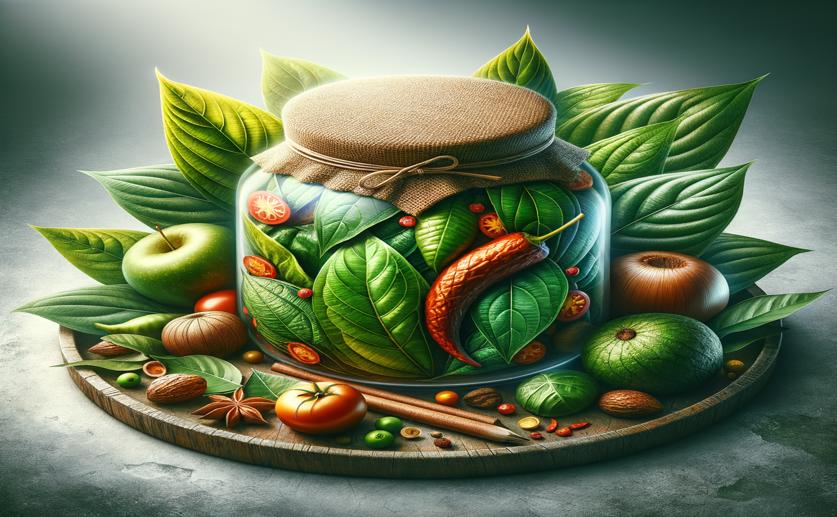
Edible Coating with Betel Leaf Extract for Fresh Produce Preservation
Greg Howard
17th May, 2024

Image Source: Natural Science News, 2024
Key Findings
- Researchers at The University of British Columbia and Shoolini University developed an edible coating using xanthan gum and betel leaf extract
- The coating showed strong antimicrobial properties against bacteria and fungi, helping to preserve food quality
- Tomatoes coated with this solution retained their weight, texture, and sensory attributes while reducing microbial populations over 27 days of storage
AgricultureBiotechPlant Science
References
Main Study
1) Development and characterization of edible and active coating based on xanthan gum nanoemulsion incorporating betel leaf extract for fresh produce preservation.
Published 14th May, 2024
https://doi.org/10.1016/j.ijbiomac.2024.132220
Related Studies
2) Recent advances in the preservation of postharvest fruits using edible films and coatings: A comprehensive review.
3) Natural Antimicrobial Edible Coatings for Microbial Safety and Food Quality Enhancement.
4) Effect of surface coating with seeds mucilages and xanthan gum on oil uptake and physical properties of fried potato strips.
5) Piper betle (L): Recent Review of Antibacterial and Antifungal Properties, Safety Profiles, and Commercial Applications.



 10th May, 2024 | Jim Crocker
10th May, 2024 | Jim Crocker